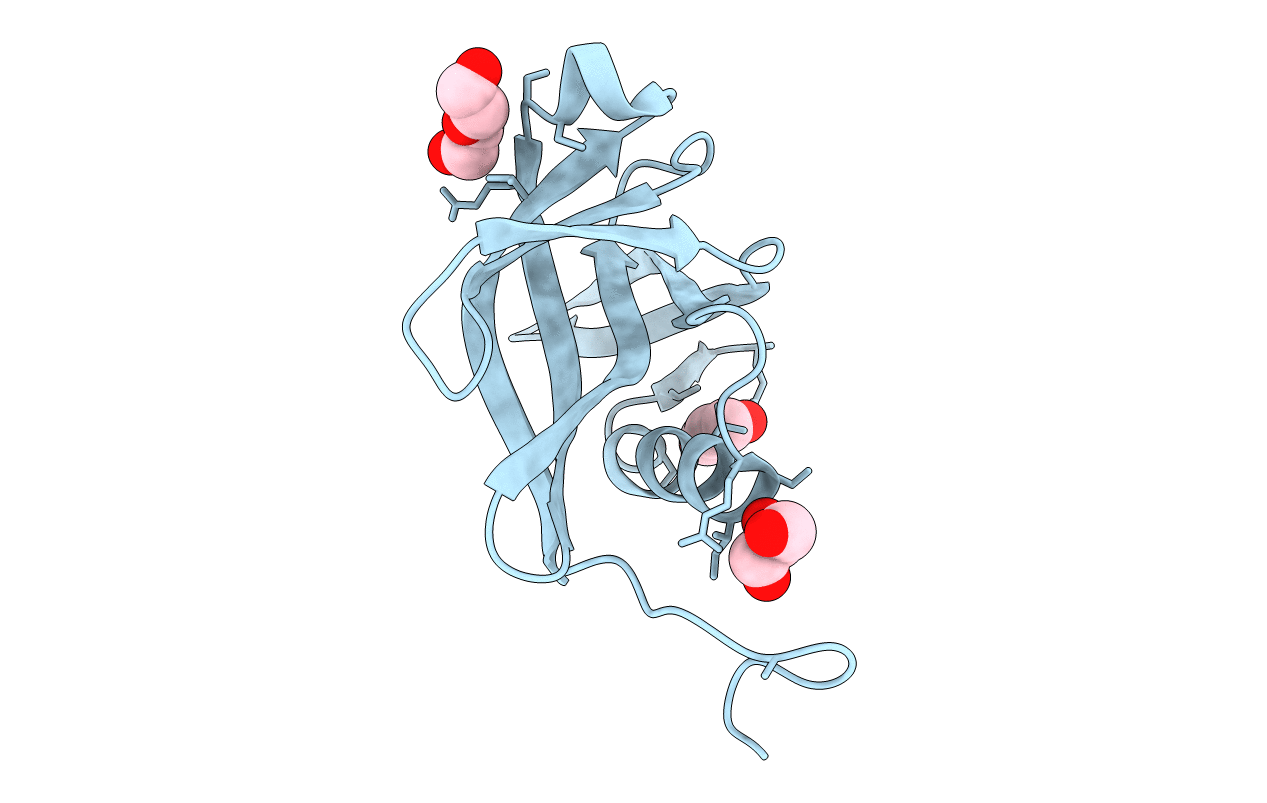
Deposition Date
2015-06-26
Release Date
2016-06-29
Last Version Date
2024-03-20
Entry Detail
Biological Source:
Source Organism:
Avian infectious bronchitis virus (Taxon ID: 11127)
Host Organism:
Method Details:
Experimental Method:
Resolution:
2.44 Å
R-Value Free:
0.23
R-Value Work:
0.18
R-Value Observed:
0.18
Space Group:
I 4 3 2


